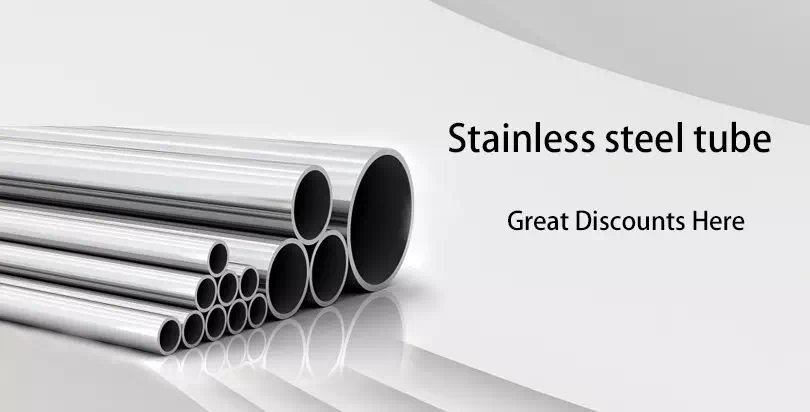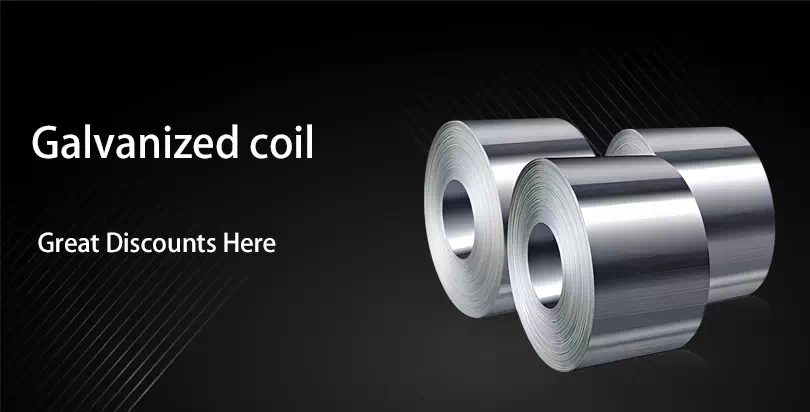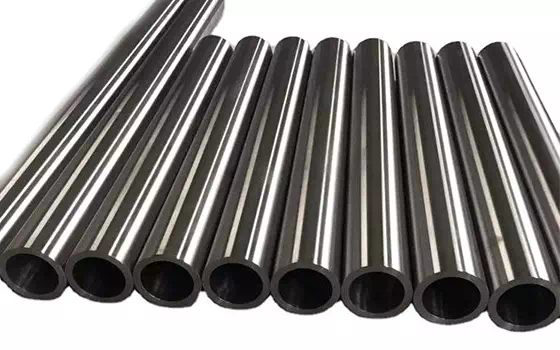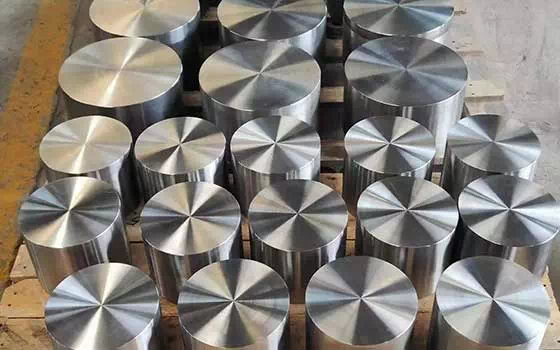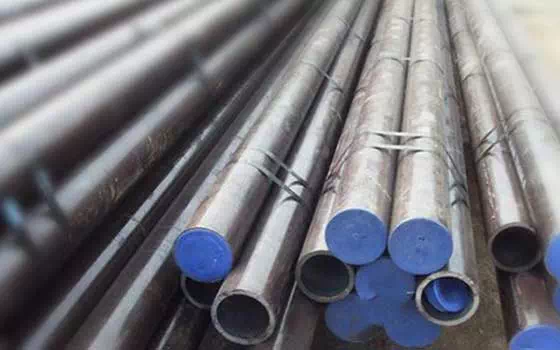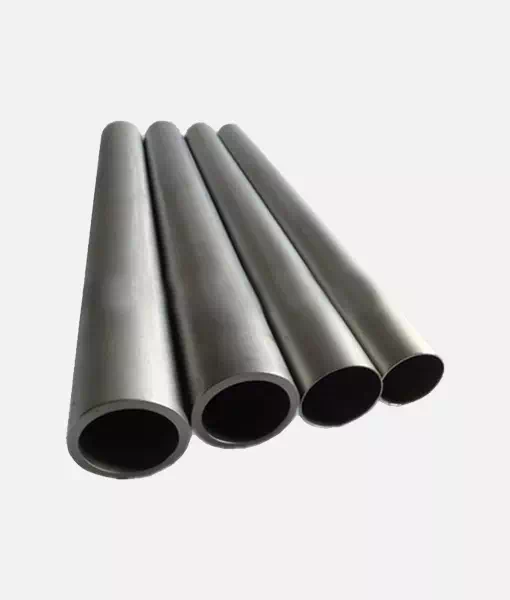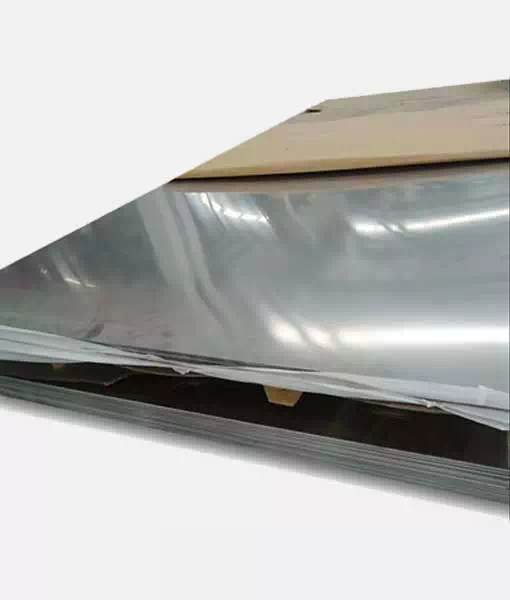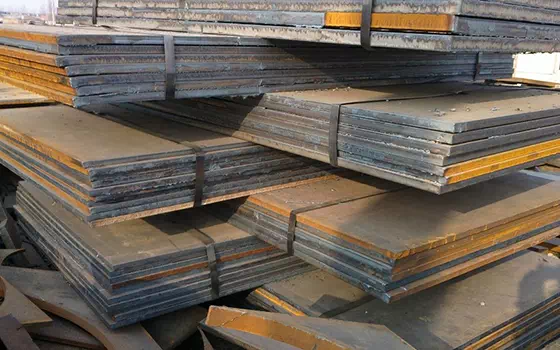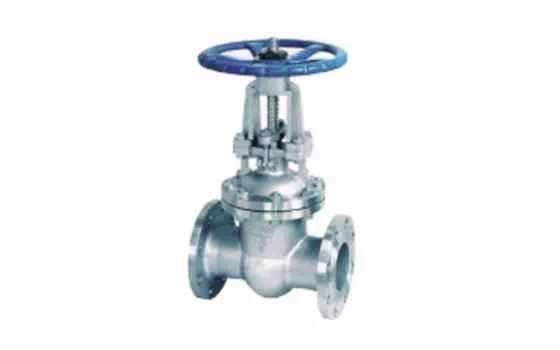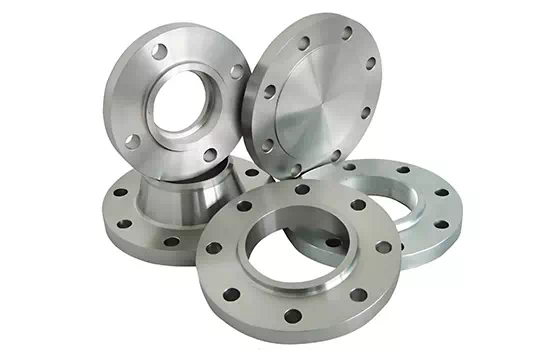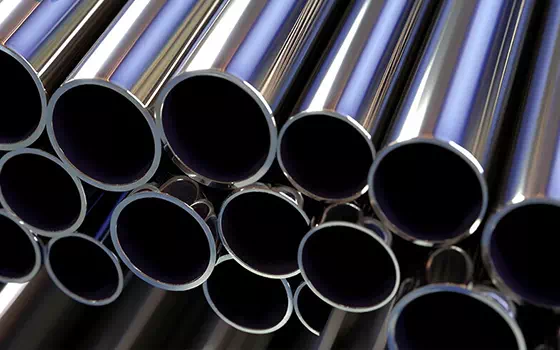Low alloy high strength steel is a kind of engineering structural steel developed by adding a small amount of Mn, Si and trace amount of Nb, V, Ti, Al and other alloying elements on the basis of carbon structural steel.
Low alloy high strength steel is a kind of engineering structural steel developed by adding a small amount of Mn, Si and trace amount of Nb, V, Ti, Al and other alloying elements on the basis of carbon structural steel. The so-called low alloy means that the total amount of alloying elements in steel does not exceed 3%. High strength is relative to carbon engineering structural steel. The development principle of low-alloy high-strength steel is to obtain as high comprehensive mechanical properties as possible by using as few alloying elements as possible, so as to meet the purpose of use and low cost. Low-alloy high-strength steel can meet the requirements of various structures in engineering (such as large Bridges, pressure vessels and ships, etc.), and at the same time, it is required to reduce the structural weight, improve reliability and save materials and resources.
This kind of steel is mainly used to manufacture a variety of engineering structures requiring high strength, such as Bridges, ships, vehicles, high-pressure vessels, oil and gas pipelines, large steel structures, etc. Since this kind of steel can obtain higher strength without complex treatment process or even heat treatment, the quality of the engineering structure is greatly reduced, therefore, this kind of steel is used to replace the general carbon structural steel.
The composition of low-alloy high-strength steel is characterized by low carbon ≤0.20%, low alloy, and the total amount of alloying elements <3%. The low carbon content is to meet the requirements of plasticity, toughness, weldability and cold deformation of steel used in engineering structural parts. The purpose of improving mechanical properties was achieved by adding a small amount of alloying element mainly Mn. Mn is the main additive element in low-alloy high-strength steel, which accords with the resource characteristics of China. Mn not only has a significant strengthening effect on ferrite, but also can reduce the cold brittleness temperature of steel, and increase the amount of pearlite in steel, further improve the strength. To further improve and enhance the performance of steel. Also added trace V, Ti, Nb, AI and other grain refinement elements, not only to further improve the strength, but also to improve the toughness of the steel. The rare earth element Re is sometimes added to this kind of steel to eliminate harmful impurities in the steel, improve the form and distribution of inclusions, and weaken its cold brittleness. A small amount of alloying elements have a significant effect on improving and enhancing the mechanical properties of steel. For example, only 1%Mn is added to Q235 to become Q345 steel, and its strength is increased by nearly 40% to 345 MPa. On the basis of 16Mn, 0.04 ~ 0.12% vanadium is added to become Q390 steel, and the strength is increased from 350 MPa to 390 MPa.
The alloying principle of low-alloy high-strength steel mainly uses solid volume strengthening, fine crystal strengthening and precipitation strengthening generated by alloying elements to improve the strength of steel, and uses fine crystal strengthening to reduce the effect of tough-brittle transformation temperature of steel to offset the adverse effect of carbon nitride precipitation strengthening to increase the tough-brittle transformation temperature of steel. The steel can obtain high strength while maintaining good low temperature performance. The performance characteristics of low alloy high strength steel are mainly manifested in the following two aspects.
1. High yield limit with good plasticity and toughness
The most significant feature of low alloy high strength steel is high strength. In the hot rolled or normalizing state, the strength of low-alloy high-strength steel is generally 30% to 50% higher than that of the corresponding carbon engineering structural steel. Therefore, it can withstand large loads. Engineering structures are generally large or large, and the weight of the component itself often becomes an important part of the load, and the strength of structural materials can significantly reduce the weight of the component and further improve its ability to bear other loads. Not only that, this good effect also greatly improves the compactness of engineering components to further improve their reliability, while reducing raw material consumption, reducing costs, and saving resources.
The elongation of low-alloy high-strength steel is 15% ~ 23%, and the impact absorption energy is more than 34 J at room temperature. It has good plasticity and impact resistance, and can avoid brittle fracture during impact. At the same time, the process of cold bending and welding is easy to carry out. In addition, the brittle conversion temperature of low-alloy high-strength steel is low, and the value of E-grade steel is not less than 27 J at -40℃. This is of great significance to engineering components used in cold areas and transportation vehicles such as vehicles, ships, offshore oil platforms, vessels, Bridges, etc.
2. Good welding performance and atmospheric corrosion resistance
Welding is the most commonly used method to build engineering structures, so the steel used in engineering structures requires good welding properties. Low-alloy high-strength steel has low carbon content, low alloyed element content, good plasticity, and is not easy to produce quenching structure and cracks in the weld zone, and the addition of Ti, Nb, V, etc., can also inhibit the grain growth in the weld zone, so most of these steels have excellent welding performance, and are generally no longer heat treated after welding.
Most of the engineering structures are in service in the atmosphere or Marine environment, and a small amount of Cu, Ni, Cr, P and other elements are added to the low-alloy high-strength steel, which effectively improves the ability of the engineering structure to resist atmospheric, seawater and soil corrosion. If 0.2% ~ 0.5% copper, 0.05% ~ 0.1% phosphorus and aluminum are added, the corrosion resistance of steel can be significantly improved, of which copper and phosphorus are added at the same time.


